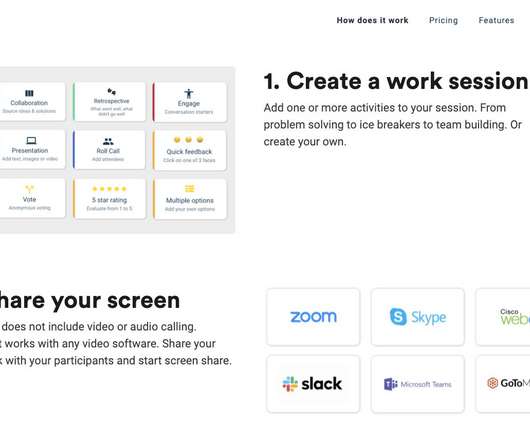Why Build, Measure, Learn – isn’t just throwing things against the wall to see if they work
Steve Blank
MAY 6, 2015
I am always surprised when critics complain that the Lean Startup’s Build, Measure, Learn approach is nothing more than “throwing incomplete products out of the building to see if they work.”. It’s time to update Build, Measure, Learn to what we now know is the best way to build Lean startups. Here’s how. Build-Measure-Learn.



















Let's personalize your content